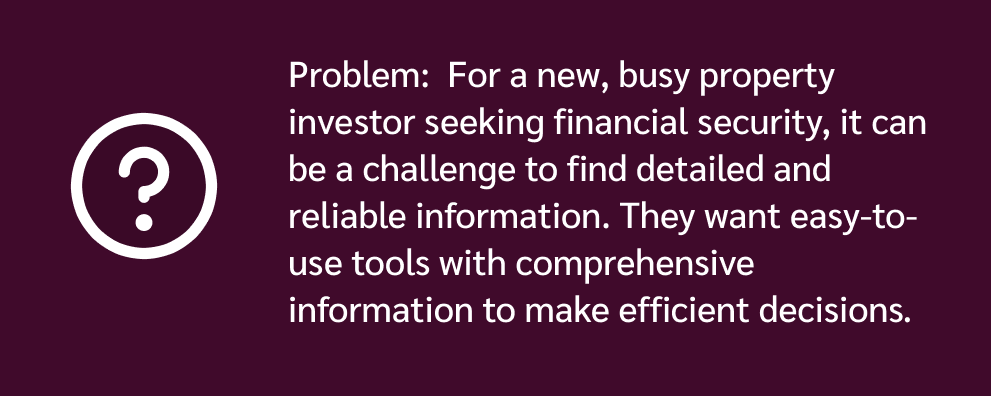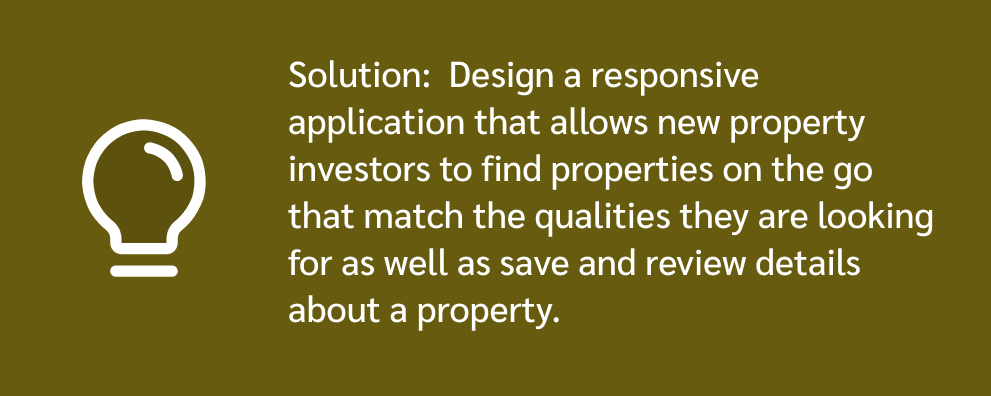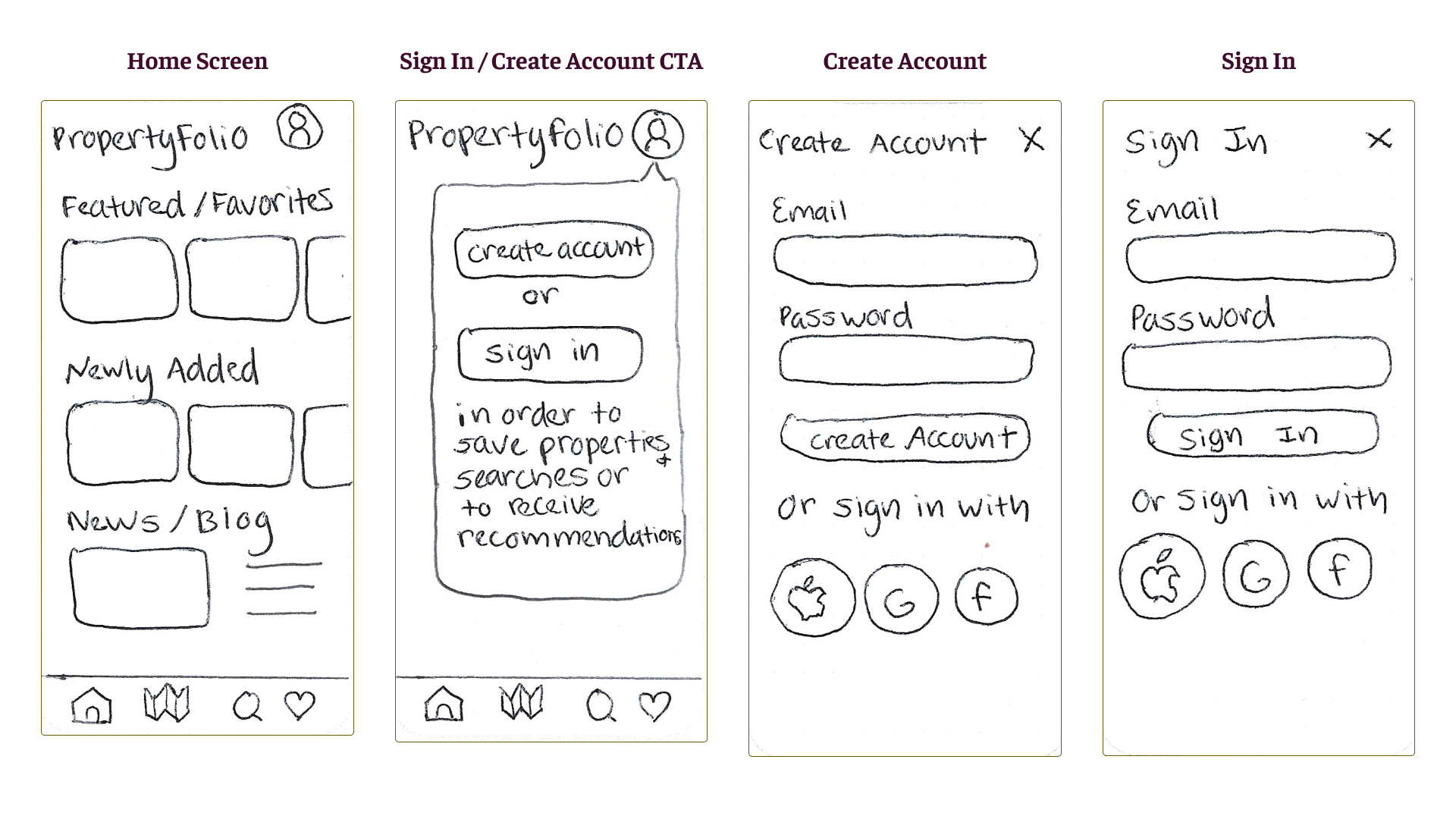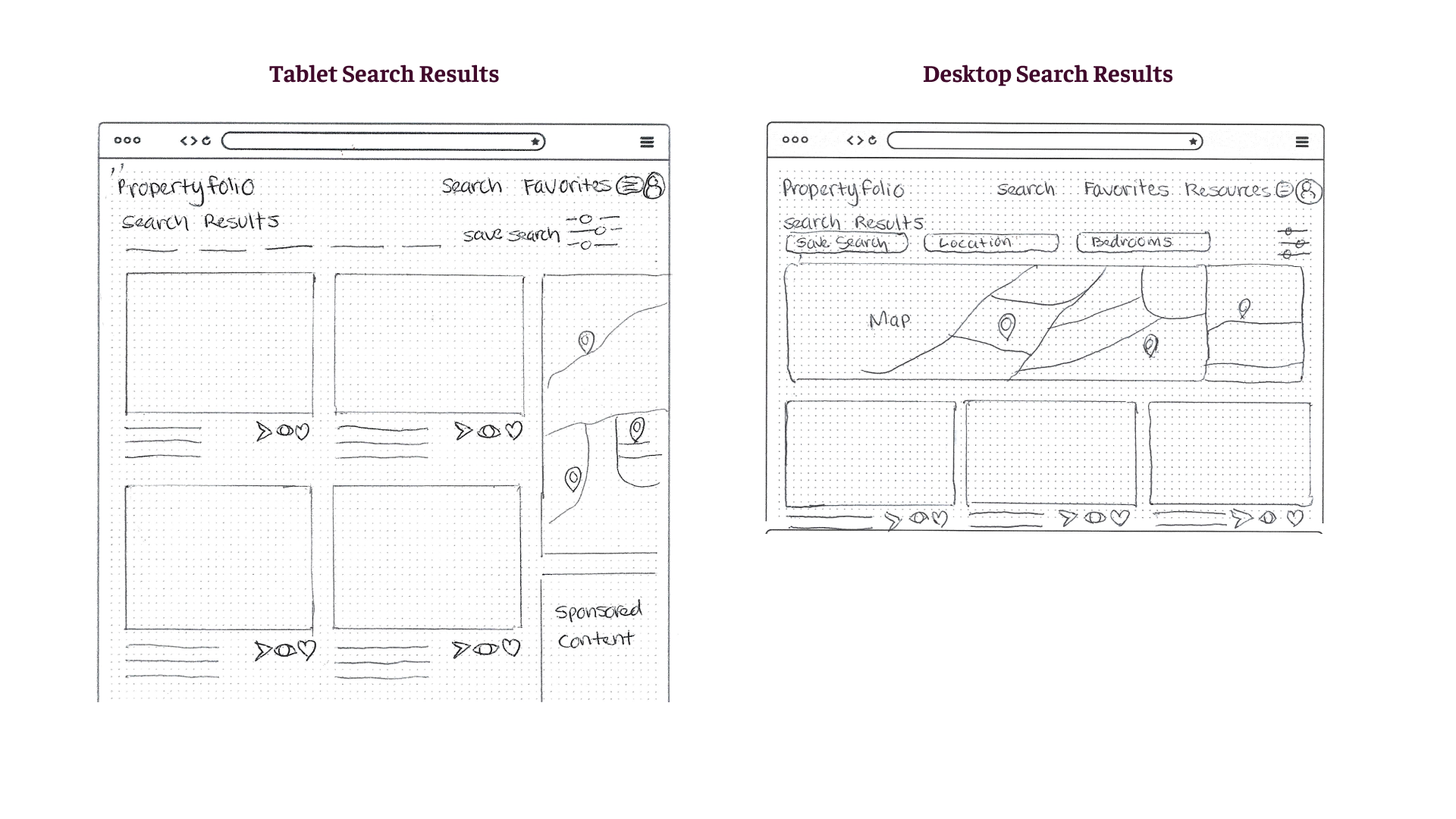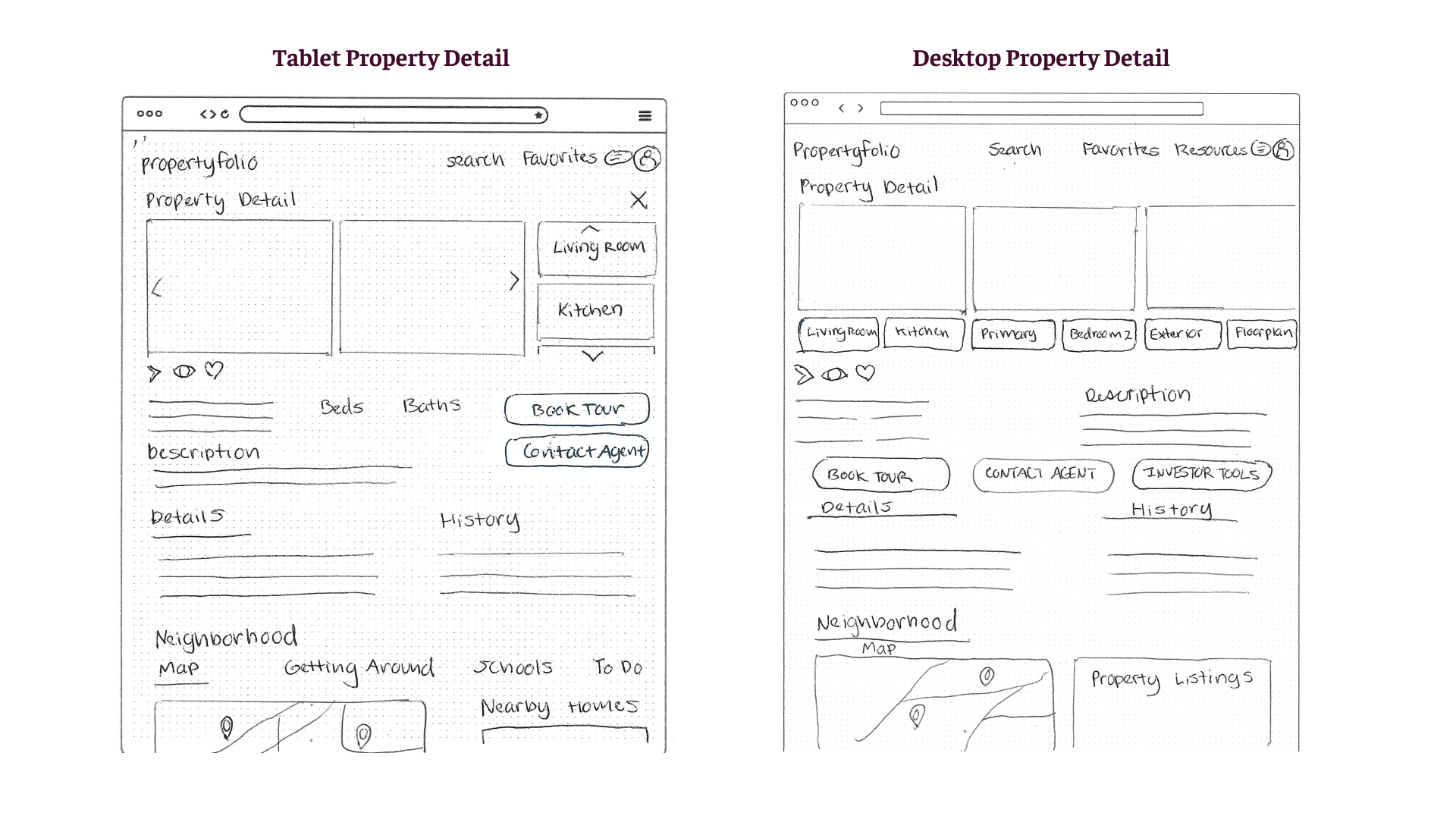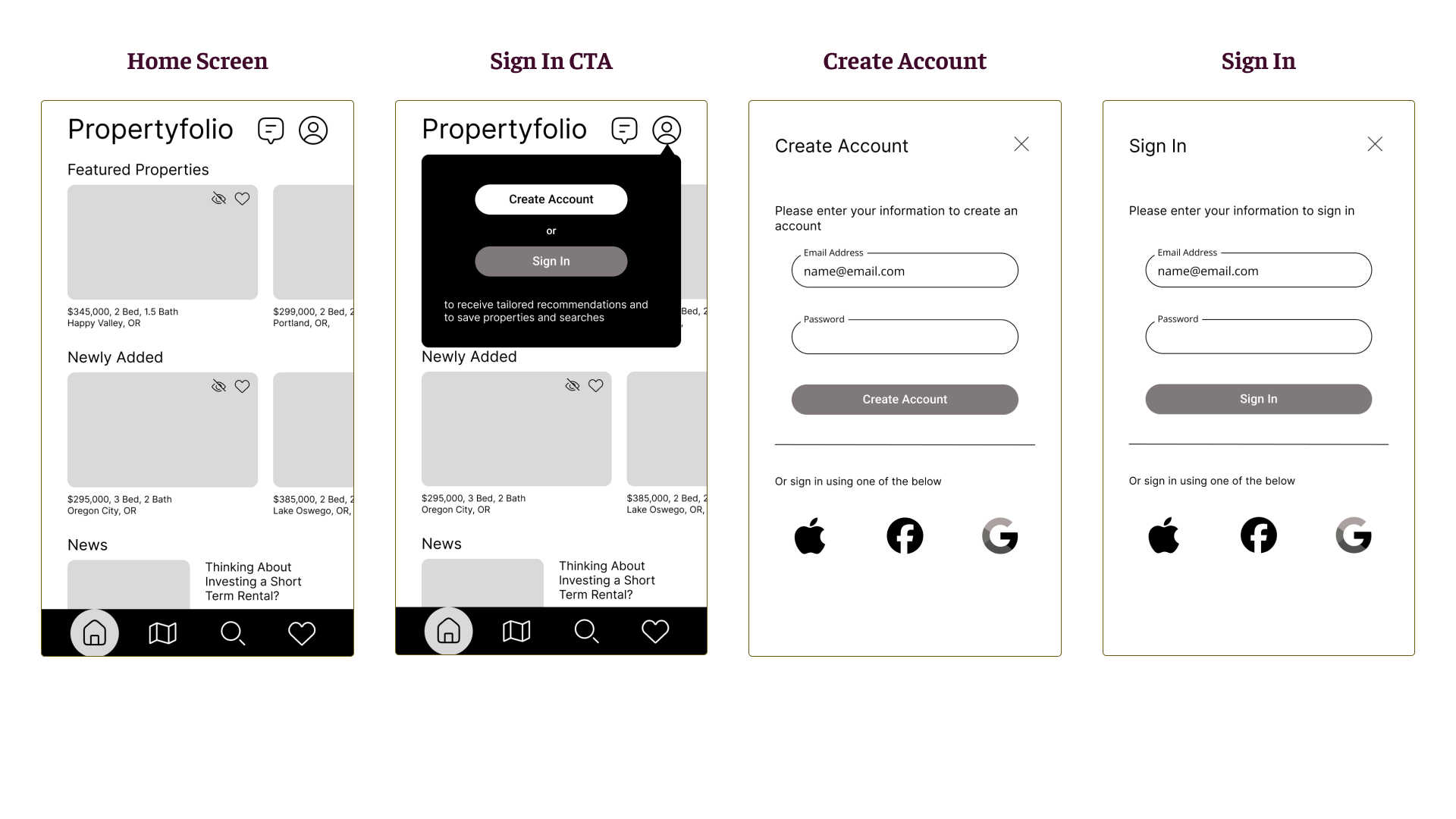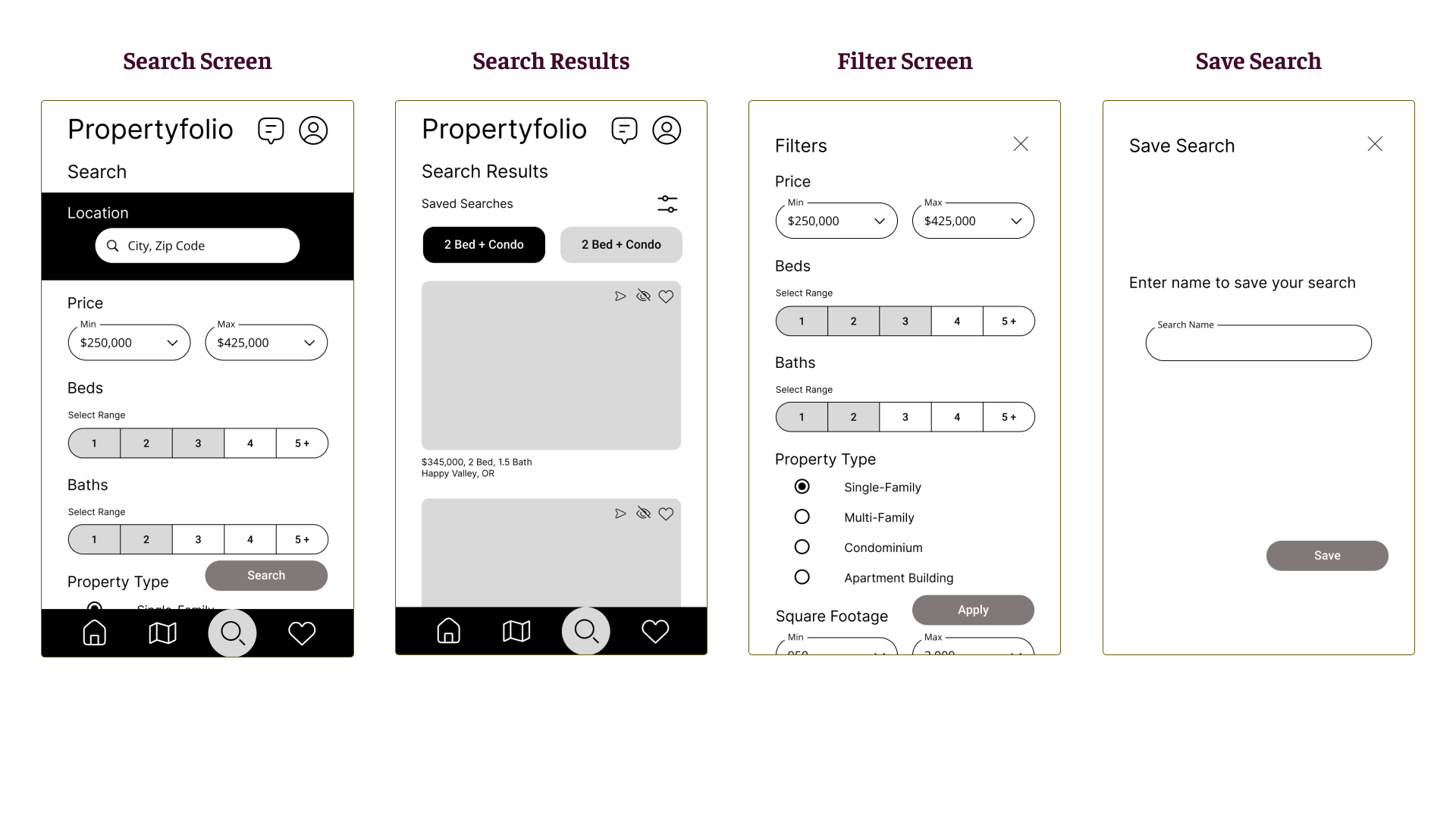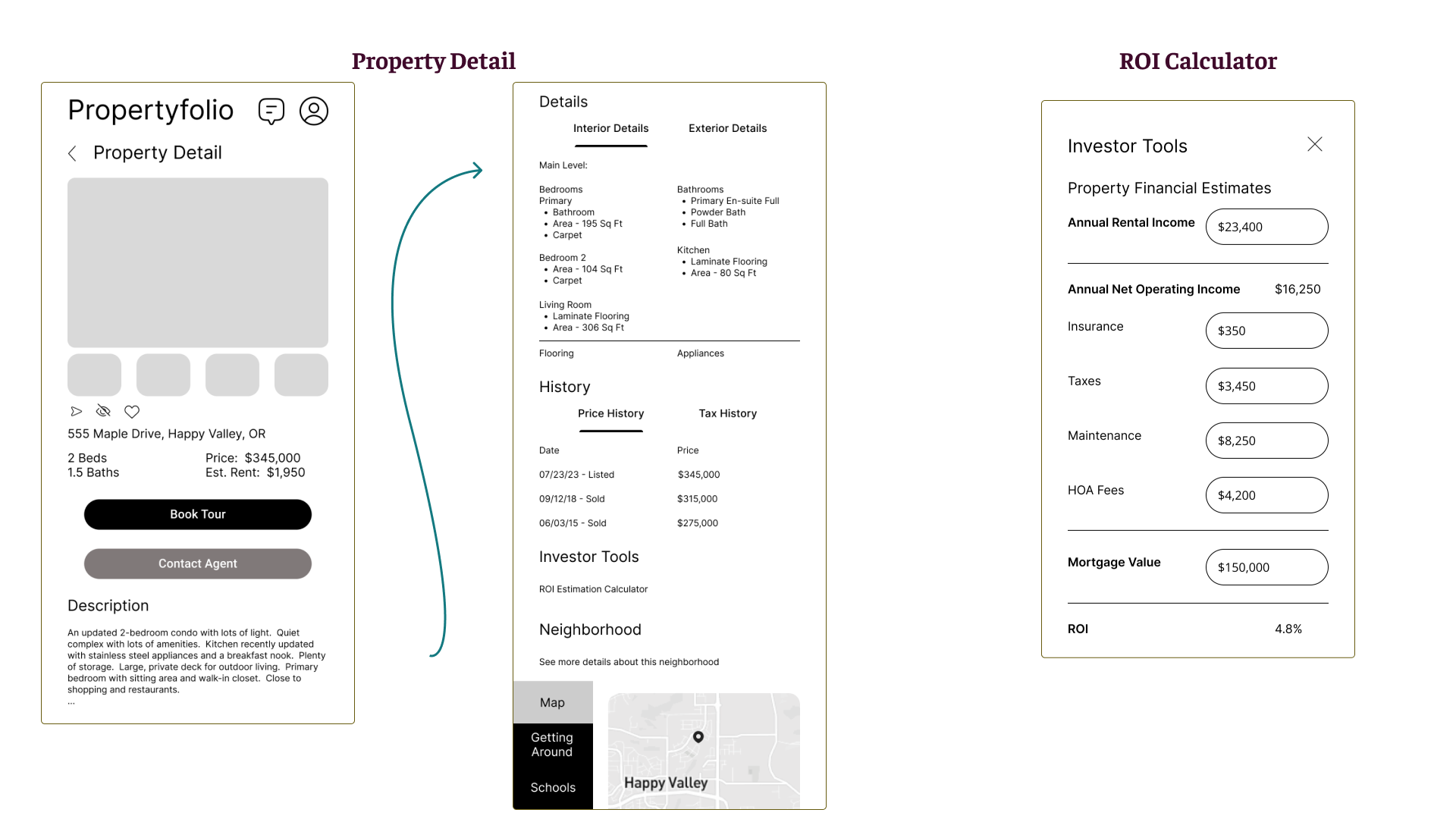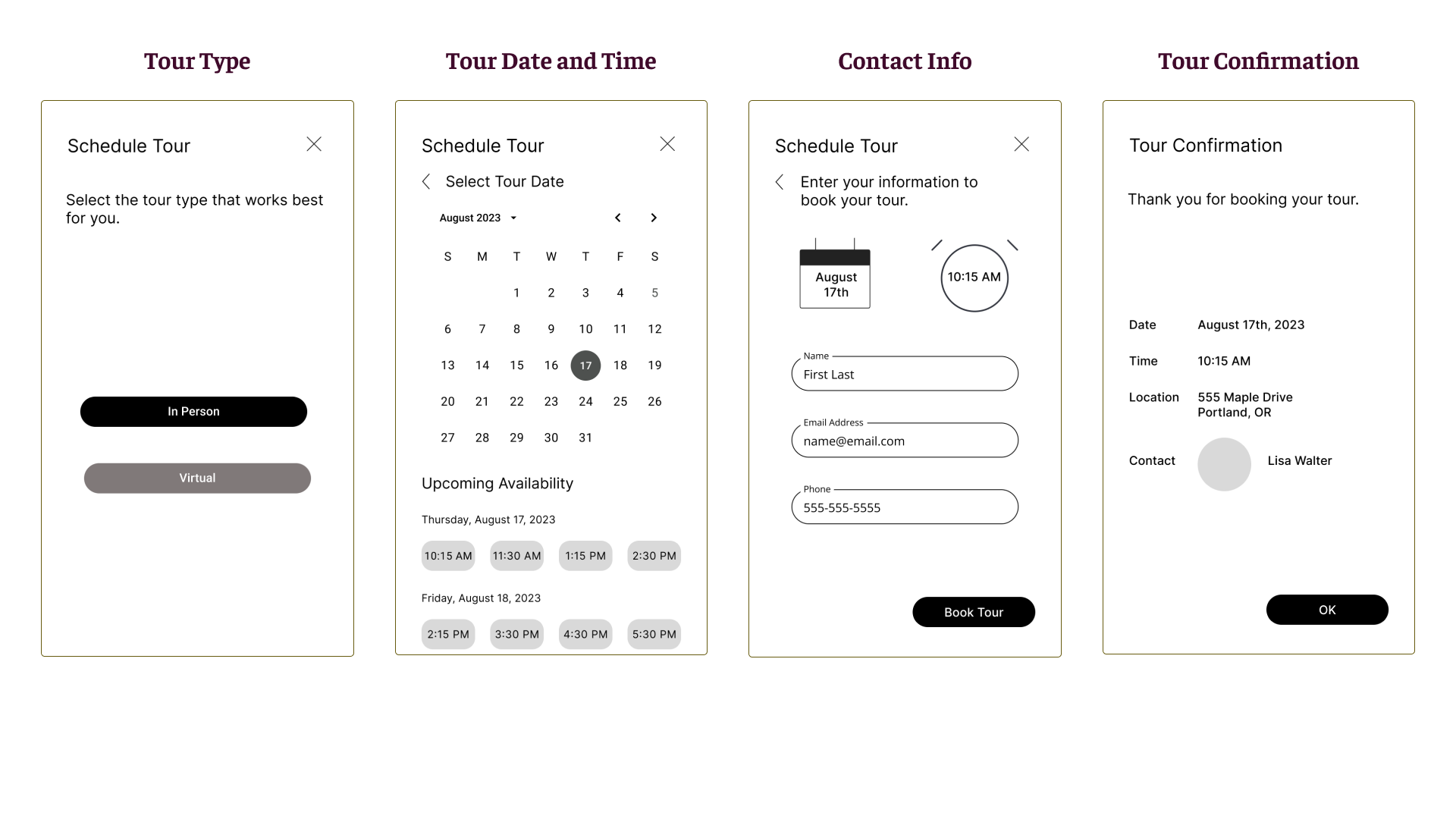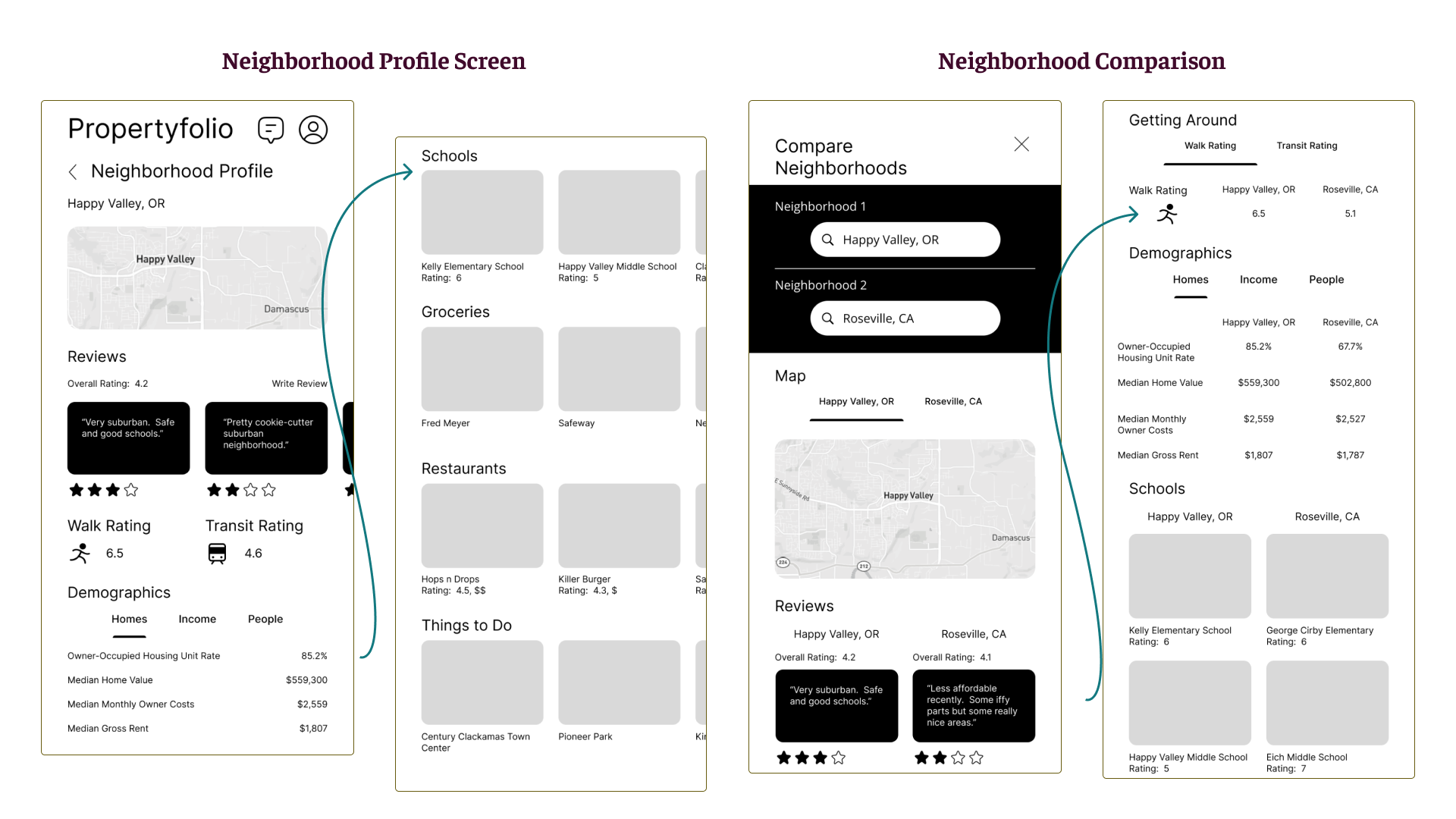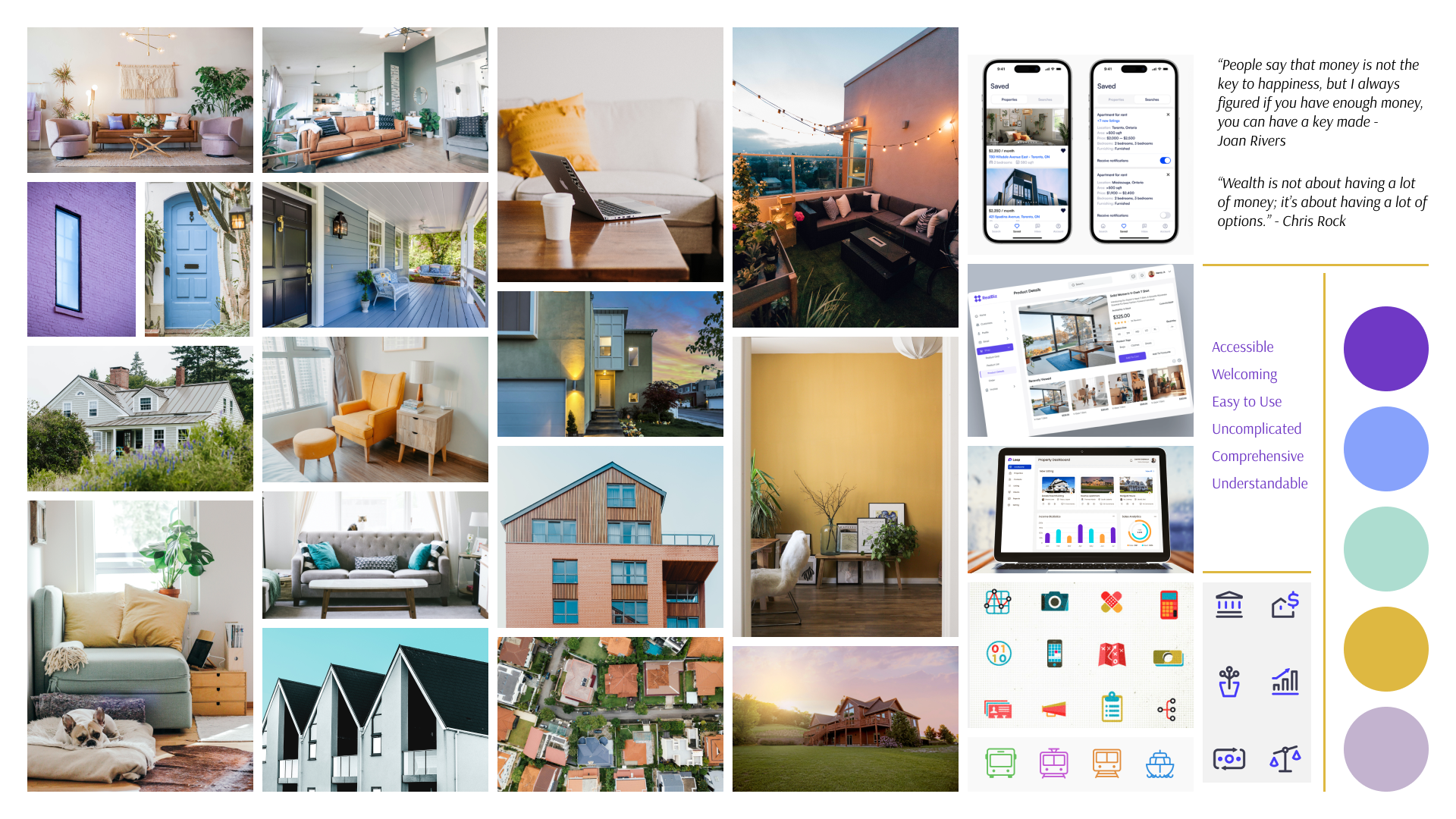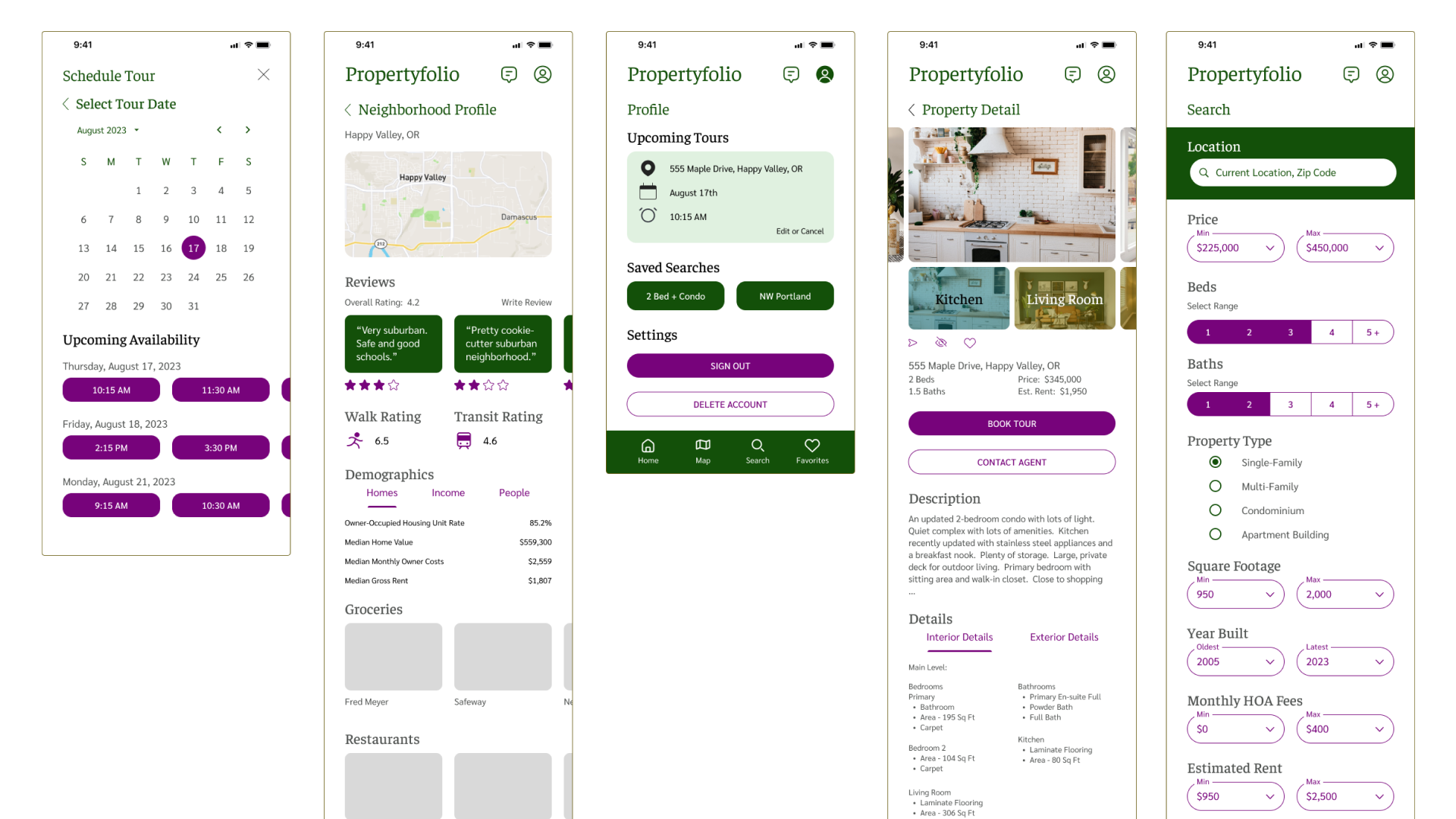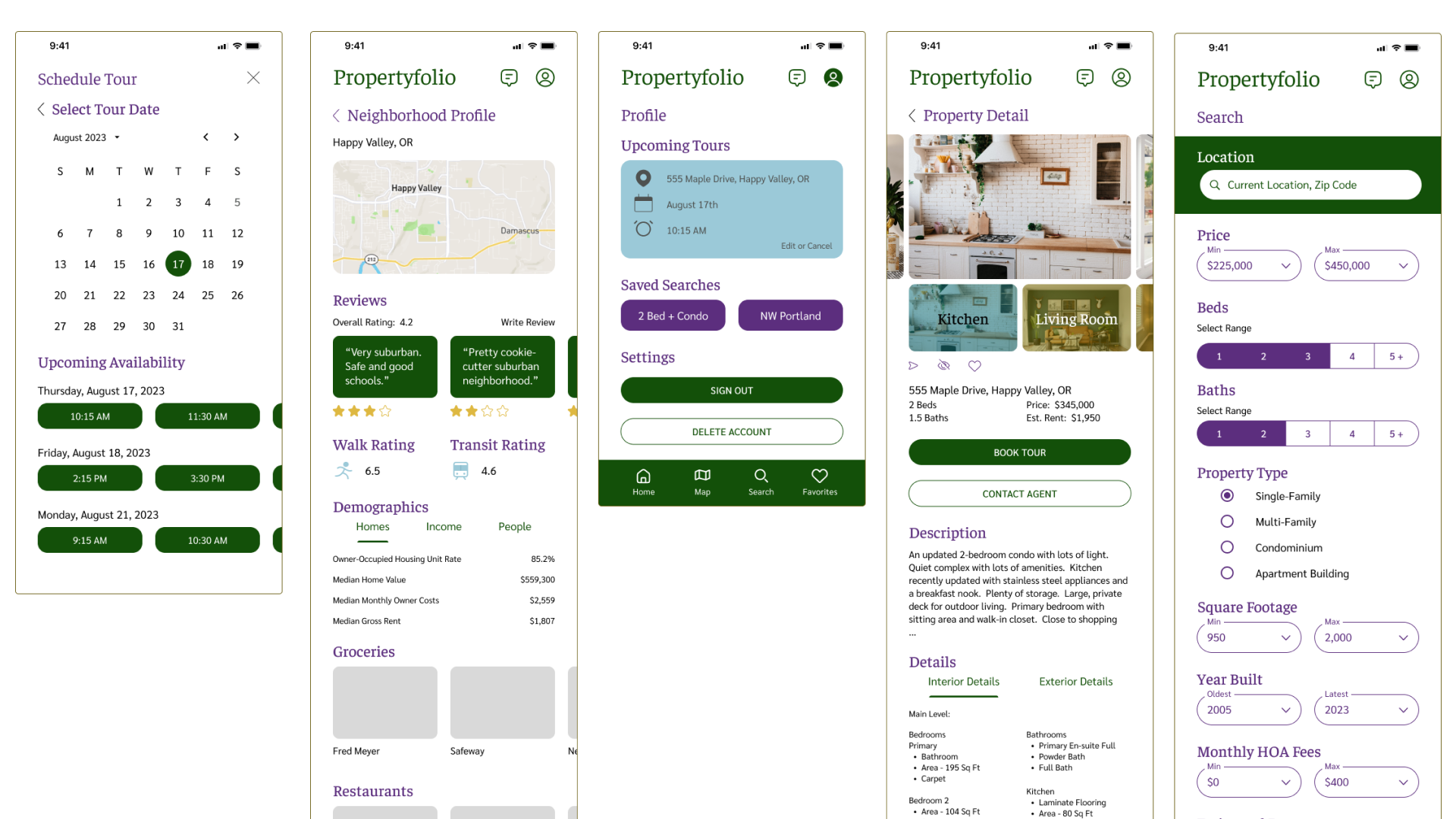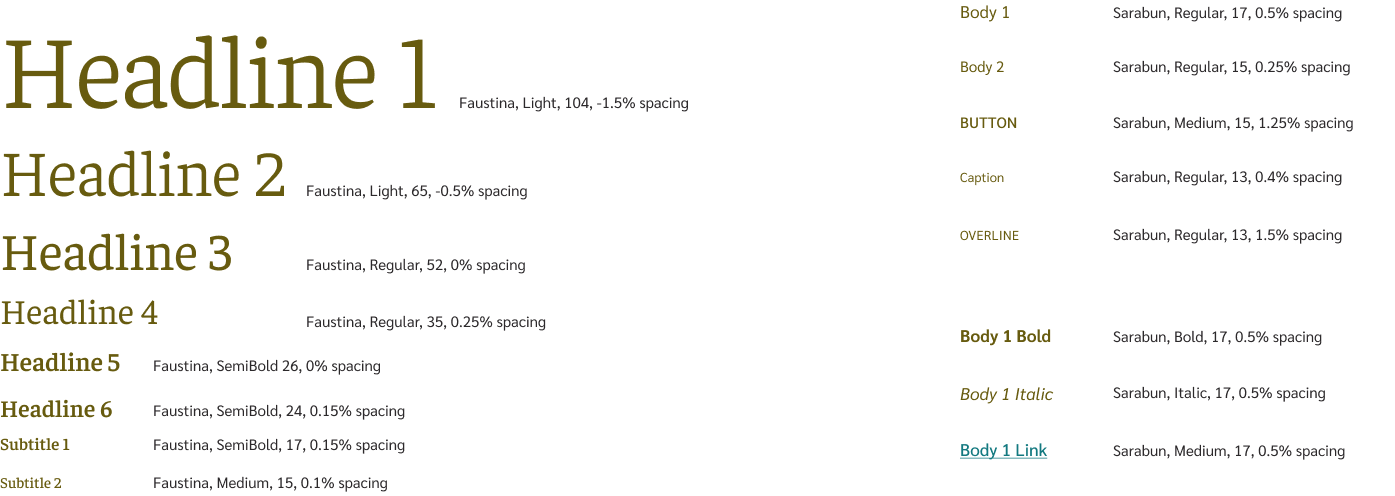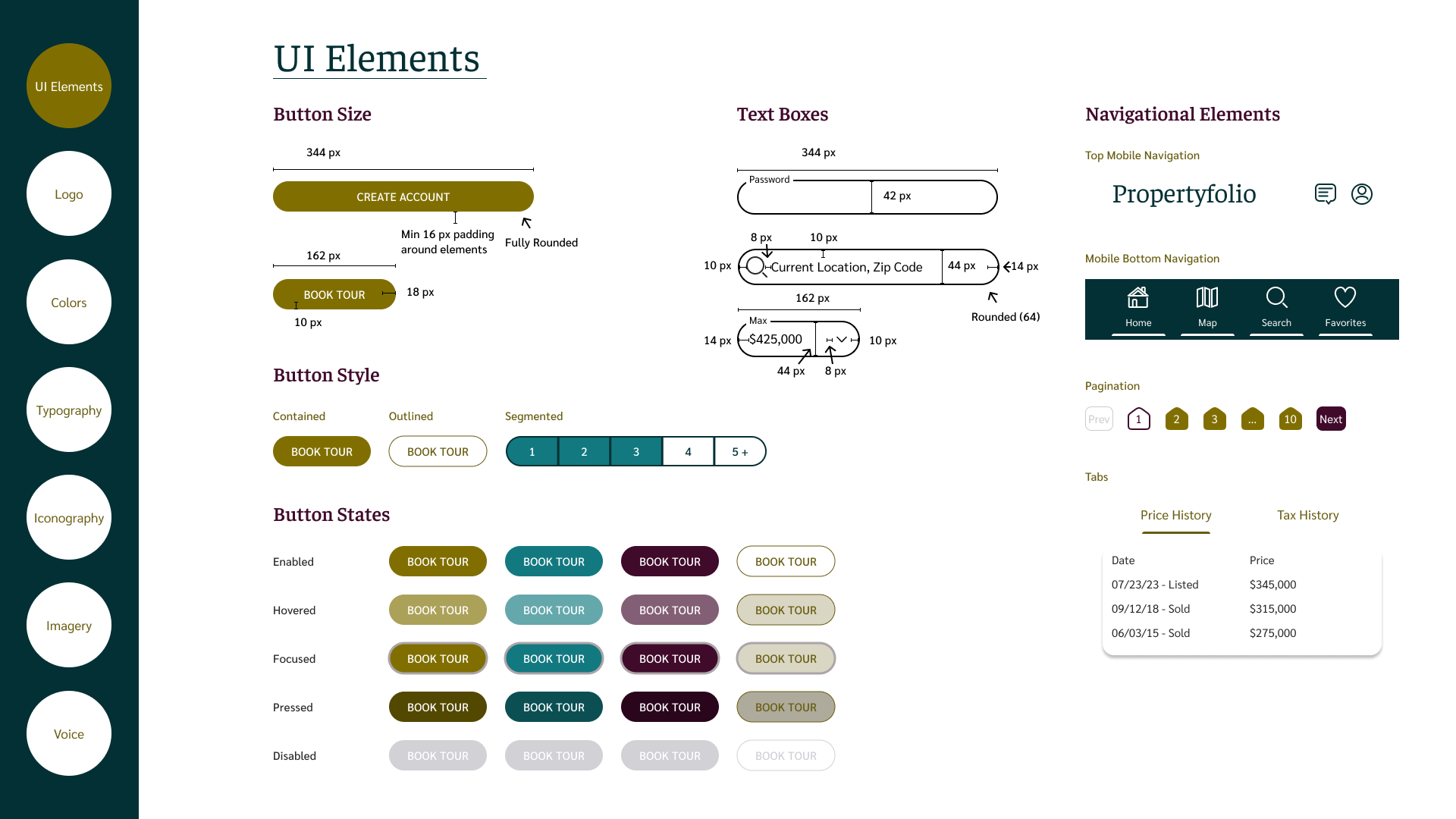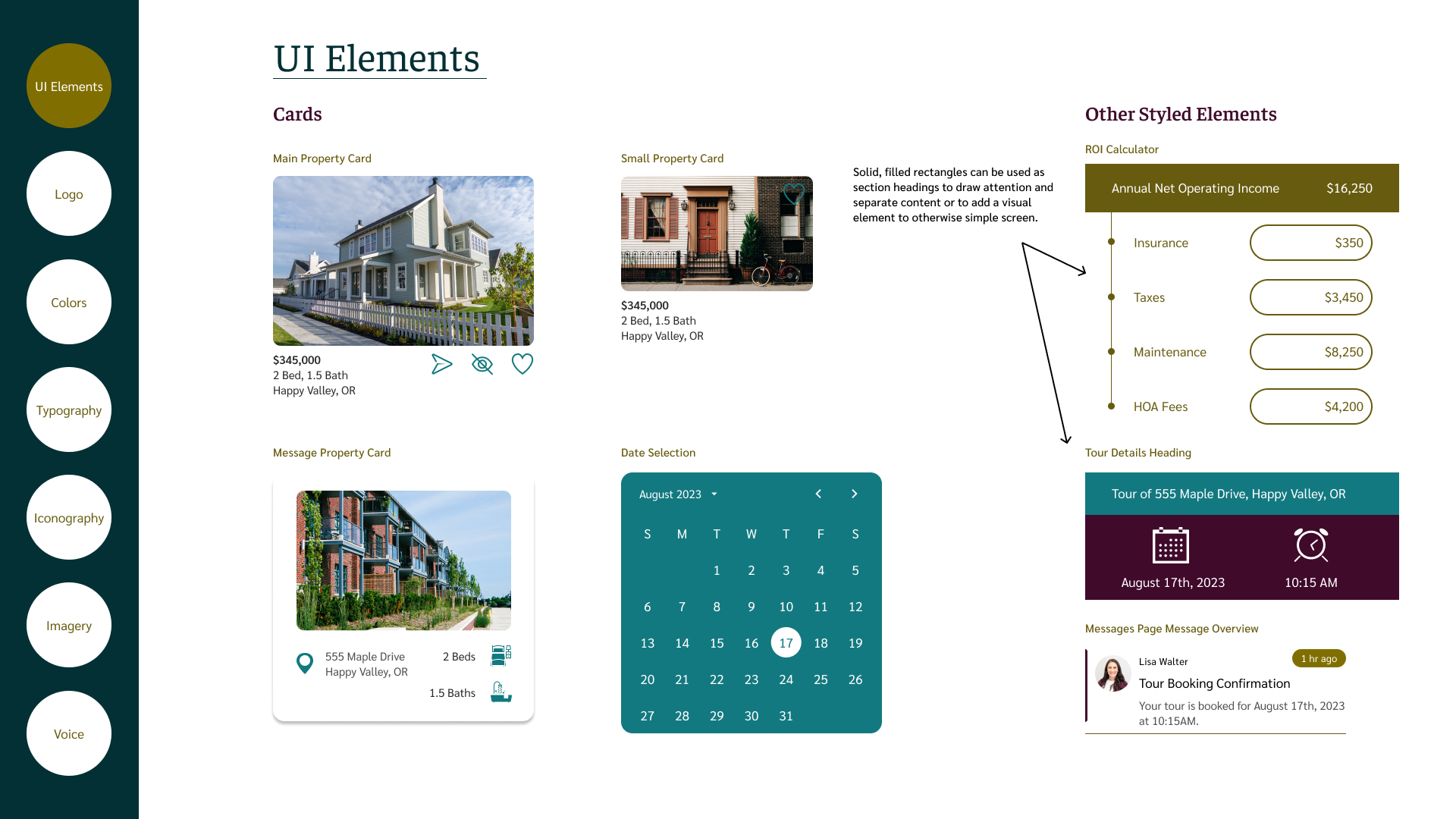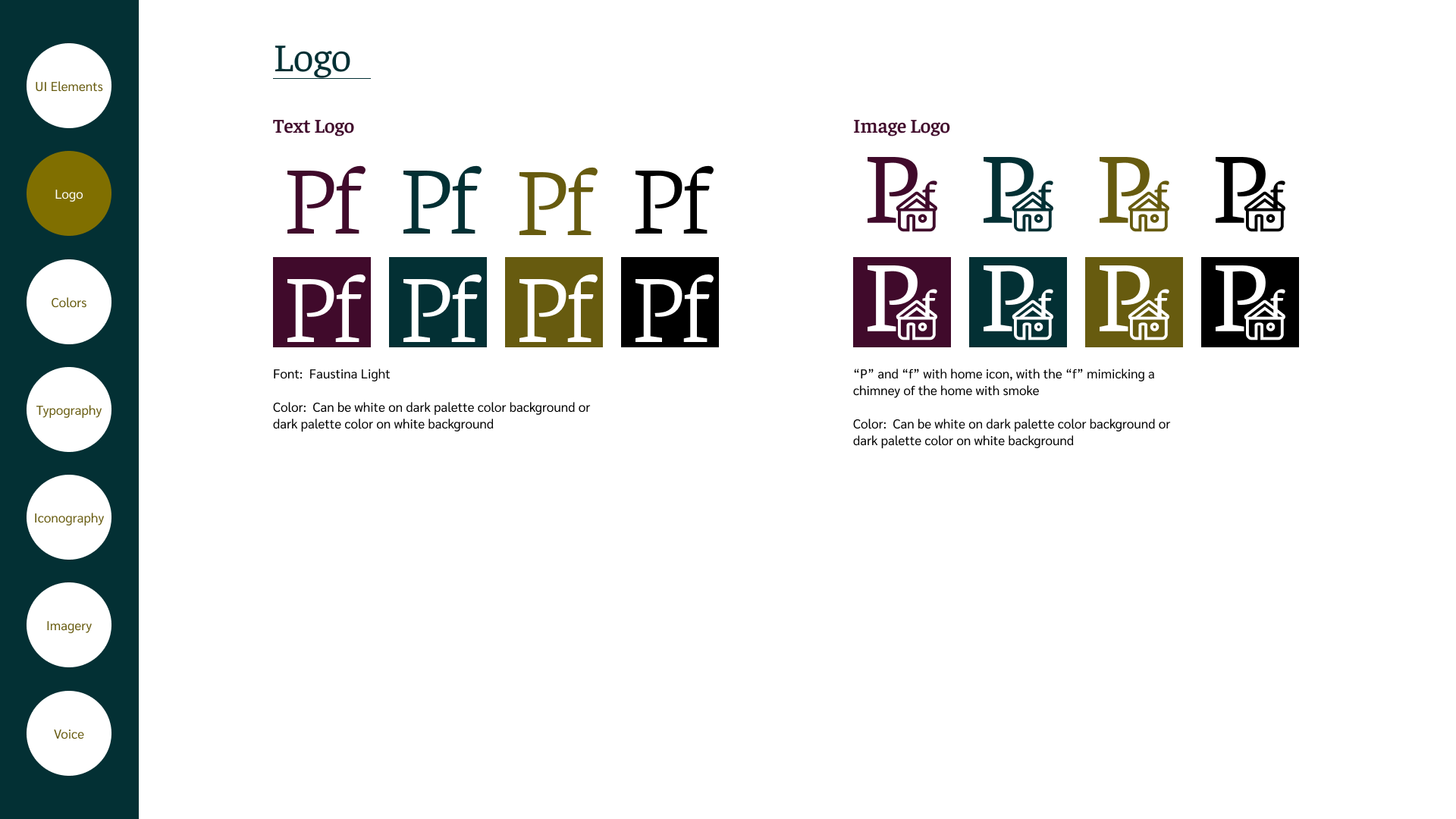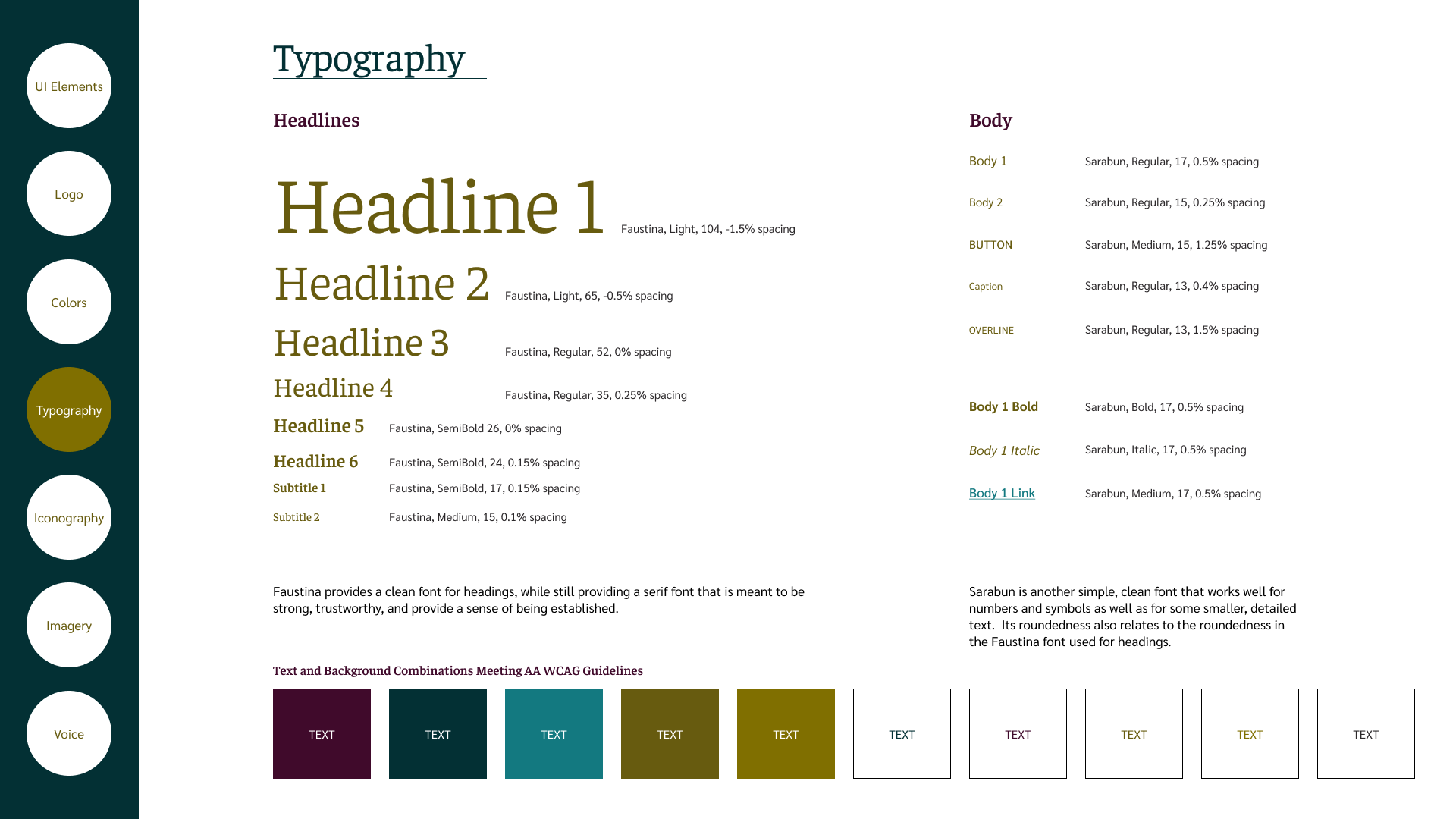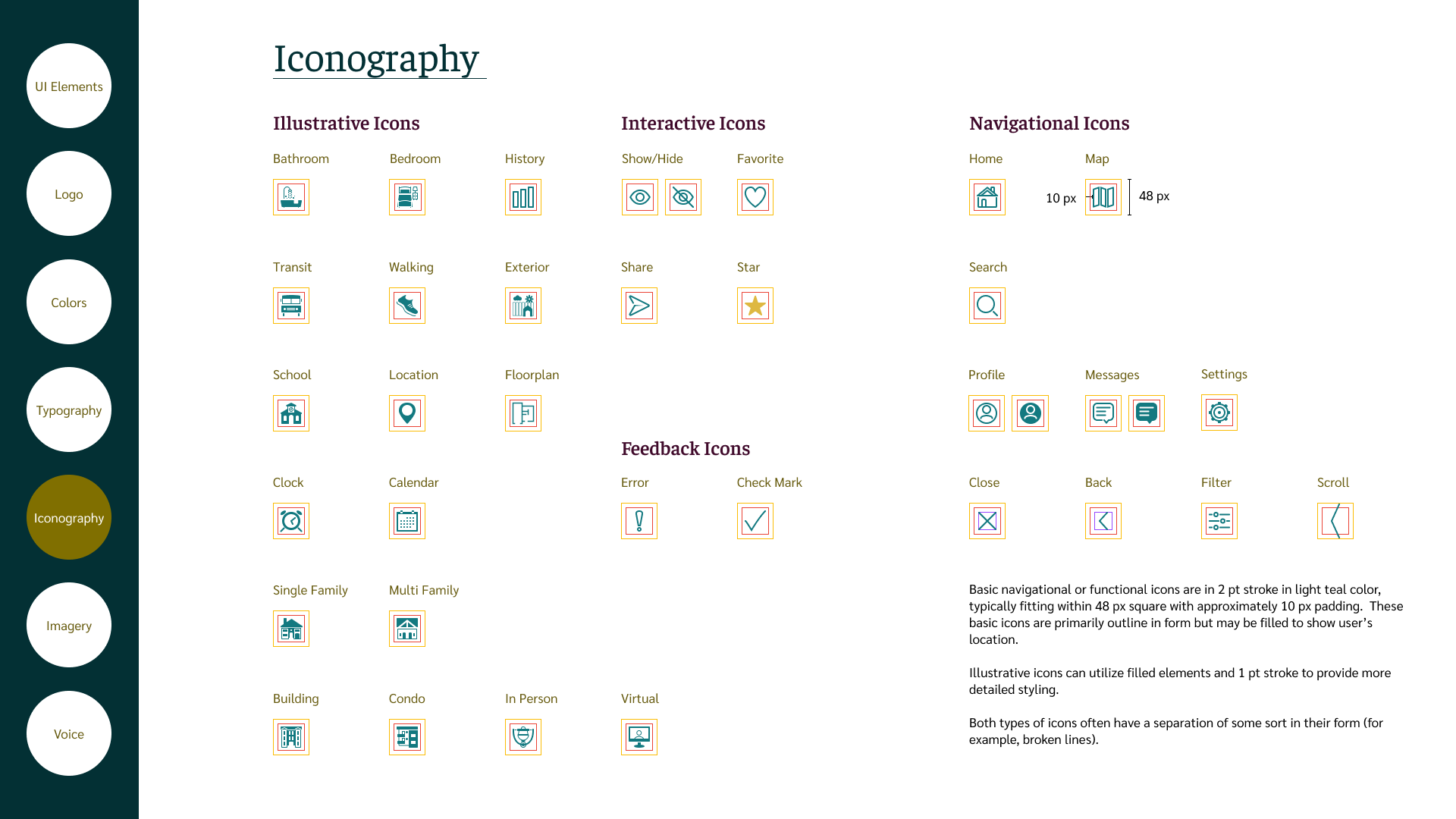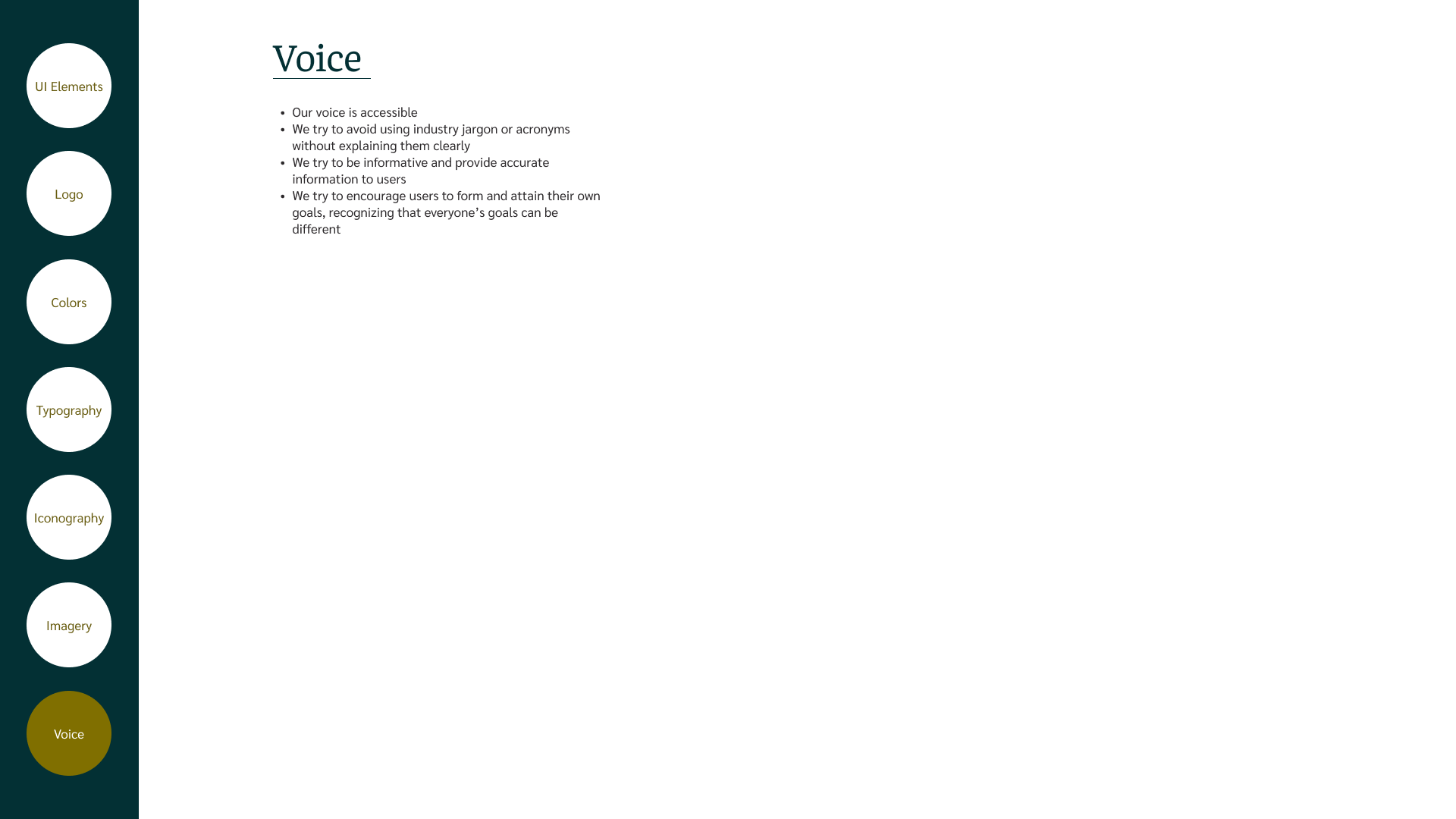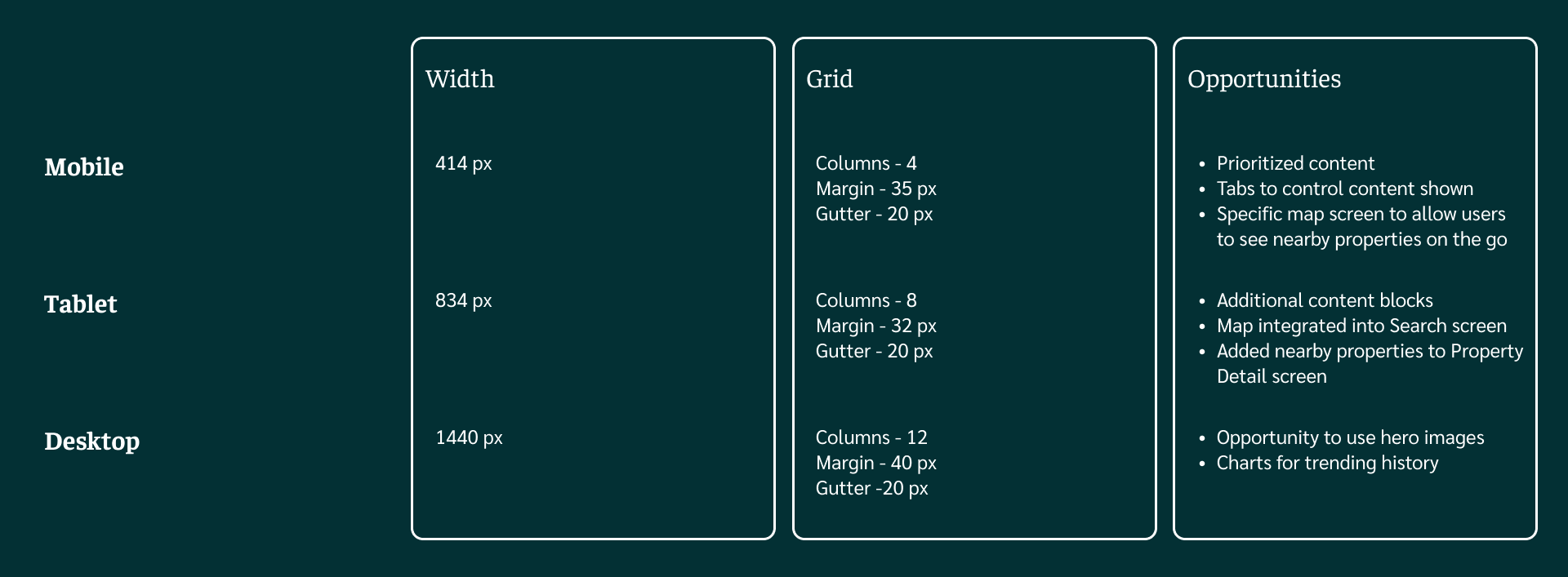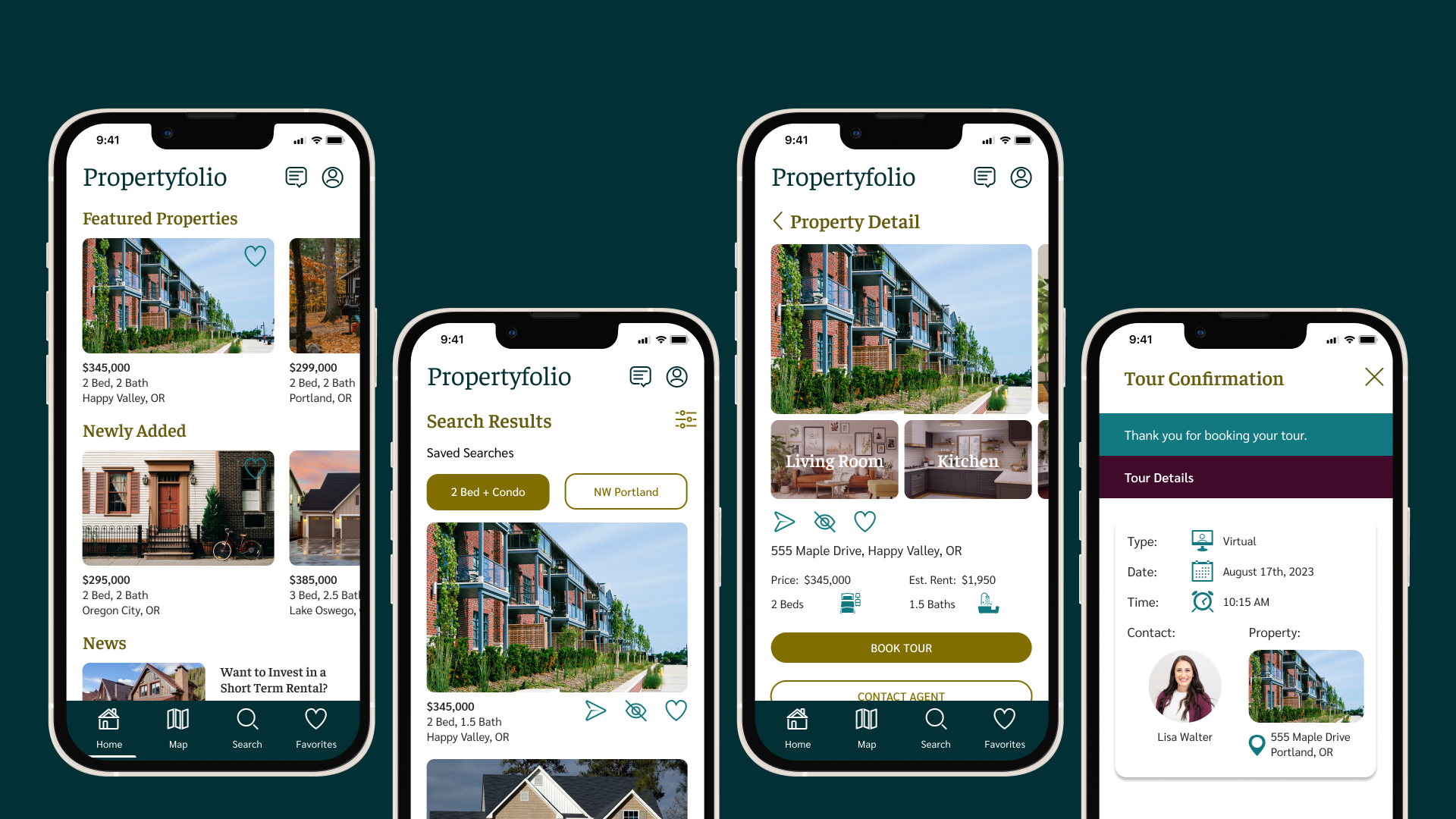
Propertyfolio Project Overview
Overview
This project was part of CareerFoundry’s UX Design program. A project brief was provided, describing the Persona as well as feature requirements including the following:
Search and filter available properties
Access comprehensive information about a given property and its neighborhood
Bookmark a property listing
Property recommendations feature
Ability to contact real estate professional when wanting to move forward with a property
Based on the project brief, this solution should be “made primarily for new, small-scale property buyers who are looking to invest for additional income or financial security.”
Problem
“Unseasoned buyers need access to reliable, uncomplicated information about their potential property to invest.”
My Role
This was an individual project. I created the user flows, sketches and prototypes, conducted usability and preference tests, and designed the UI elements of the application.
Timeline
November 2023 - January 2024
Deliverables
User Flows
Sketches
Prototype
Style Guide
Tools
Paper and Pen
Miro
Figma
Lyssna for Usability and Preference Tests
Property Investors Need Reliable, Comprehensive and Understandable Info
How Might We Provide This Information to Property Investors?
Who We Are Designing For
Since Rashida is looking for properties beyond the city, she might need more detailed information about neighborhoods than what might be found in other tools
- Detailed demographic information
- Compare neighborhoods
Since Rashida is seeking the right Information to help make her investment decisions, the service should provide a variety of accessible information
- Search and filtering functionality
- Blog with property investing news
- Property recommendations
- An ROI calculator
Since Rashida is very technologically adept, a multitasker, and often on the go, my solution should be useful across devices and locations
- Easy to use on mobile
- Map feature to see nearby properties
- In-app messaging for scheduling tours
Since Rashida enjoys an active social life with family and colleagues, my solution could offer ways to connect
- Share a property
- Notification of property recommendations
Reviewing the Competition
Takeaways
Our service can differentiate itself by providing property investors information that is easy to understand AND presented in an engaging, visually appealing way
There are key common features among competition that we should consider providing
Must Haves
Neighborhood information
Key search filter options, including those that would be particularly relevant to property investors
Tool to help users estimate key financial information
User Flows
Sketching
Mobile Sketches
Tablet and Desktop Sketches
Mid-Fidelity Mobile Prototype
Testing for Usability
Testing Objectives
Can users navigate to key functionality in the application?
Search filter options
Favorite properties
Message an agent
View nearby properties
Calculate a property’s potential ROI
Are the design patterns in the prototype intuitive and clear?
Filter controls
Tab navigation
What are the initial impressions of the prototype?
Testing Takeaways
Tested with six participants via Lyssna
Users were generally able to complete tasks successfully with an acceptable level of satisfaction (means above 3.5 out of 1 = Very Difficult to 5 = Very Easy scale)
Only one task had a success rate below 100% (mark the property to find later - “favorite”), but this likely was a result of task wording and the selection of success criteria for testing
In addition, one participant pointed to needing larger touch targets for favoriting a property within the prototype, so I reviewed touch targets for all screens in the prototype
Key Quote: “Everything seemed very intuitive and organized logically.”
Creating the Mood
The design brief called for purples, greens and blues.
In addition, key words I used from the design brief when creating initial mood boards were the following:
I proceeded to create two initial mood board options:
1) Mood Board 1 - rich jewel tones, minimalistic and serious, with organic elements like wood and plants complementing the jewel tones
2) Mood Board 2 - brighter colors, warmer and lighter in tone
As I considered the project’s goal of providing a solution for property investors to find potential investment properties, the simpler, more grounded direction of Mood Board 1 seemed more appropriate.
What's Your Preference?
With the direction of Mood Board 1 in mind, I drafted three variations of colors and color applications. Then I conducted a preference test via Lyssna with ten participants.
Results
Participants overall preferred the green and purple of Color Scheme 1, but inconclusively. Participants responded to the brighter purple of Color Scheme 1 guiding their attention, and they liked the use of blue but agreed it didn’t quite fit. While one respondent thought that the green and purple of Color Scheme 3 were too dull, another said they didn’t really like green and purple together in general but those colors were the least oppressive.
Preference Votes:
Color Scheme 1 = 5
Color Scheme 2 = 4
Color Scheme 3 = 1
Based on the feedback, I reconsidered the colors with the following goals:
Using a brighter purple might not appeal to some users, and might not be the best fit for a persona seeking investment properties
I needed options to guide the user’s attention, with additional colors having a certain level of brightness that can stand out against a darker purple or blue
Adding Some Color
With the preference test feedback, I updated the palette of purples, greens and blues. I sought a grounded palette that can be used in a variety of ways and is appropriate for an application meant for property investors.
The blues used are a light and dark teal, meant to inspire trust, security and professionalism. Blue is a popular color, but the teal differentiates Propertyfolio from many other apps.
Green demonstrates money and growth, as well as a desired sense of groundedness. The olive variations in our palette complement the earthy greens and browns in real estate photos. The lighter variation can be used to draw attention or provide contrast with the purples and blues.
The dark purple variation in our palette is meant to be more universally appealling compared to other purple variations that might skew“feminine” or “juvenile” for some users.
The Right Type
Faustina provides a clean font for headings, meant to be strong, trustworthy, and provide a sense of being established.
Sarabun is another simple, clean font that works well for numbers and symbols as well as for smaller, detailed text. Its roundedness also relates to the roundedness in the Faustina font used for headings.
Style Guide
Working in High Fidelity for Mobile
Designing for Other Platforms
With a persona that is often on the go, designing for multiple breakpoints is key and opens up additional design opportunities.

Check Out the Prototype
Retrospective
Don’t be afraid to get feedback to see if you are on the right track and make adjustments if needed
It’s important to weigh feedback thoughtfully and make decisions about whether and how to apply it
Mobile first design is a great way to start, as you establish priorities based on a small screen size
Designing for larger breakpoints then opens additional opportunities to add content and make different design choices
There are many tools that can be used to provide inspiration for color choices, layouts, and transitioning between breakpoints
Every project should start by analyzing user needs and establishing necessary user flows
